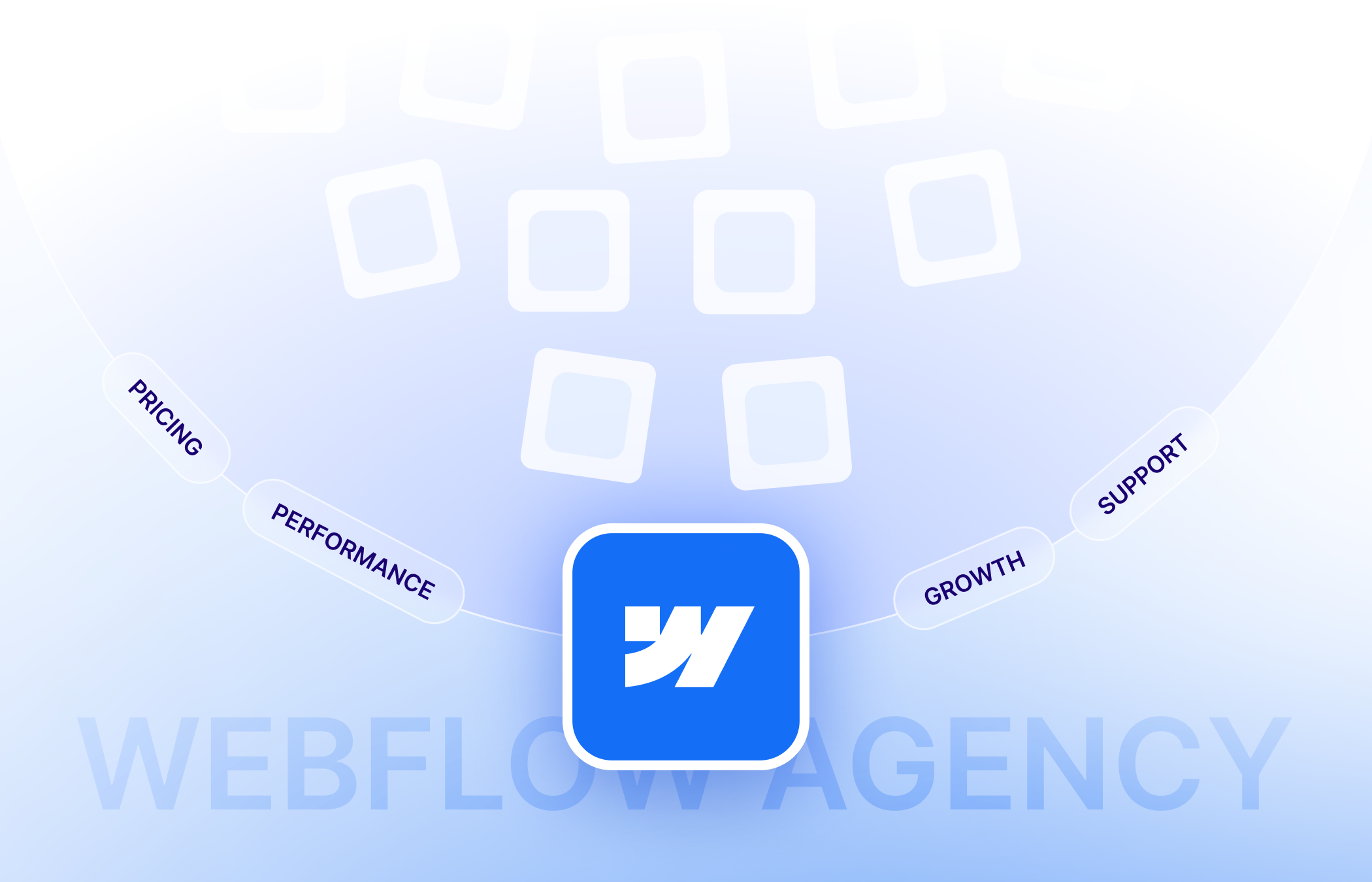After running a digital marketing agency and being a tool geek for almost 5 years, if there's one product that fascinates me more than Webflow, it's Figma. The sheer elegance and ease with which Figma helps you design and present is unparalleled.
For the longest time, you had to manually export the designs in Figma and develop them in Webflo. But not anymore.
For designers and developers, time is everything. You want to move from concept to live site as efficiently as possible without sacrificing design quality. That's where the Figma to Webflow Plugin steps in.
This plugin lets you sync designs from Figma directly into Webflow, quickly transforming static mockups into responsive, production-ready code.
I know the plugin was released sometime ago and I am a little late to the party with this article. However, there were some bugs at the beginning, and I wanted the product/plugin to be as polished as possible before pushing it to our LoudFace community.
What is the Figma to Webflow Plugin?
The Figma to Webflow Plugin is a tool that translates your Figma designs into Webflow's responsive HTML and CSS structure. It automatically converts Figma layers, components, and auto-layout frames into Webflow-friendly code, allowing you to skip manual recreation.
Key Features:
- HTML/CSS Generation
- Auto-Layout Translation
- Design System Sync
- Live Sync
How to Use the Figma to Webflow Plugin
Here's a detailed, step-by-step guide to help you get started.
1. Install the Figma to Webflow Plugin
Before anything, you must install the plugin and connect Figma to your Webflow workspace.
- Go to Figma's Plugin Directory: Open Figma and head to the Community tab. Search for the Figma to Webflow Plugin.
- Install the Plugin: Click Install to add the plugin to your Figma workspace once you've found it.
- Authenticate the Connection: Go to the plugin in Figma, launch it, and follow the steps to log into your Webflow account and authenticate the connection.
Depending on your needs, you can connect to a specific Webflow site or the entire workspace.
2. Prepare Your Figma Design for Export
Not all designs will transfer seamlessly into Webflow without a little preparation. So make sure the Figma file is well-organized and optimized for the best results.
- Use Auto-Layout in Figma: Auto-layout makes it easier for the plugin to convert your Figma frames into responsive layouts for Webflow. It also allows flexibility across different screen sizes.
- Clean and Organize Your Layers: Make sure your Figma layers are named properly and organized into components. This will reduce post-sync cleanup.
- Set Up Components and Design Variables: Use Figma's components and design variables (such as colors and typography) to maintain consistency. These will be mapped directly to Webflow's design system during the sync.
3. Syncing Figma Designs to Webflow
- Open the Figma to Webflow Plugin: In Figma, select the design project you want to sync, then launch the Figma to Webflow Plugin.
- Select Your Webflow Site: Choose the Webflow site you authenticated earlier, or select a new site if needed.
- Sync Components and Variables: The plugin will prompt you to sync design elements like colors, text styles, and components. Click sync to initiate the transfer.
- Review and Adjust in Webflow: Review the design to ensure everything looks correct. You might need to make minor adjustments depending on design complexity.
4. Polishing and Publishing in Webflow
- Adjust Responsiveness: Even though the plugin converts designs into responsive code, checking your layout on different screen sizes is always a good idea.
- Add Webflow Interactions: The Figma to Webflow Plugin doesn't handle interactions or animations, so this is where you'll want to use Webflow's Interactions Panel to add any dynamic elements.
- Use CMS for Dynamic Content: If your design includes dynamic content (like blogs or product listings), use Webflow's CMS to link the design with live data.
- Test and Preview: Before going live, use Webflow's Preview Mode to ensure everything works smoothly across different devices.
Challenges and Limitations
While the Figma to Webflow Plugin offers several key benefits, it does have limitations.
1. Learning Curve
Webflow's interface, while intuitive, has its complexities. If you’re not completely familiar with Webflow's layout or responsive tools, you may need time to fully grasp how the plugin works.
Learning Webflow's core features like interactions, Flexbox, and breakpoints is important to make the most out of the tool.
2. Limited Support for Complex Interactions
While the plugin does an excellent job transferring static designs and layouts, it struggles with more complex interactions or animations.
Webflow's interactions must be manually added after syncing the design, because the plugin cannot automatically convert Figma animations or interactions.
3. Customization Challenges
Designs that are highly customized or use unconventional layouts may not transfer perfectly. In some cases, the plugin might misinterpret complex components, resulting in a need for manual adjustments after the sync.
I do have a small workaround for this. Highly customized designs simply require hands-on tweaking to get everything working perfectly.
4. Syncing Conflicts
If changes are made in Webflow after a sync, you may encounter syncing conflicts when trying to sync again from Figma.
This can lead to issues where designs are overridden, or elements get duplicated, adding extra steps to resolve these conflicts.
To avoid this, it's recommended to keep the design workflow primarily in Figma and only use Webflow for development adjustments after syncing
5. Not Ideal for Every Workflow
While the plugin is perfect for many teams, it may not be the right fit for everyone. The plugin's automatic syncing might feel limiting for teams that prefer more granular control or frequently use complex animations.
Additionally, smaller projects where manual recreation isn't a major time burden might not benefit as much from the plugin.
Best Use Cases: Large projects with lots of repeating elements, style consistency needs, or teams working on tight deadlines will benefit the most from this plugin.







